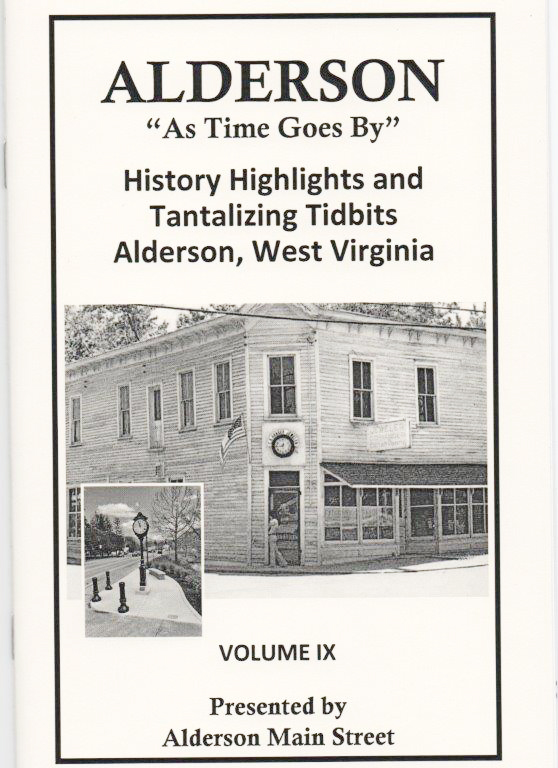By Nancy Richmond
In the mid-eighteen hundreds, thousands of families lived in Europe as tenant farmers. When the landowners realized they could make more money raising sheep than renting farmland, they notified their tenants that they were being evicted from the property they had share-cropped for generations. The evictions were brutal. Most of the tenants were forced out of their homes with nothing but the clothes they were wearing and the few belongings they could carry. Many starved or died of exposure as they made their way to the cities in search of work.
Before long, England’s economy began to suffer because of the heavy influx of uneducated workers. In order to prevent the overpopulation of their country, the British government offered to provide free passage to any refugee who wanted to emigrate to America. Many displaced families took advantage of the offer and were sent to the English port at Liverpool to wait for an available ship. They carried all of their possessions, mostly clothes and family mementos, with them in large burlap bags.
Because they were using government permits, the immigrants were assigned berths in the lower deck, often referred to as the steerage section. Steerage was cold, dirty and crowded, and was lighted only by the ship’s portholes in the day and by a few dim lanterns at night. Beds, referred to as berths, were simple planks that were a mere eighteen inches wide and seventy-two inches long. The berths were stacked in tiers along the walls of the ship, up to four rows high. Bedding was not provided for the passengers. Instead, families had to use their burlap sacks and extra clothing as blankets at night. Immigrants were packed in as tightly as space would allow. Many were seasick on the long ocean voyage, and everyone spent as much time as possible on the upper deck of the vessel. During rough weather, however, the hatches were locked and all of the passengers were forced to remain below in the dark and rocking ship. Water regularly seeped into the steerage compartment through holes that were made for ventilation, making the long miserable voyage even worse. Passengers were allotted a small portion of food each day, which they cooked in braziers that were built into the walls of the ship. Many people became ill during the voyage, and some died. After several weeks, the ship docked in America. The immigrants gathered up their meager belongings, anxious to be finished with their wretched trip. But they were held in quarantine on the ship for another week before being allowed to disembark.
From the beginning of the industrial revolution in the early eighteen hundreds, the demand for coal had skyrocketed. Mining companies located in the Appalachian Mountains of America became so desperate for workers they regularly sent procurers to New York City, Boston and other harbor towns along the coast in order to recruit laborers. Coal company representatives were waiting on the docks to greet the displaced men in order to offer them jobs in the mines. Those who accepted were sent by train to the closest mining hub, many of which were located in West Virginia. Then they were transported by horse drawn wagons to one of the ‘coal camps’ that had opened in the mountains of the state.
Mining camps were made up of dozens of four room shanties. Each shanty was divided into two separate apartments, providing living quarters for two families. Unless there was a stream nearby, a well was dug in the middle of the camp for communal use. The housing was always constructed within one mile of the mine entrance, because the men had to walk to work each day.
In 1850, the mining industry did not need skilled workers, its only requirement was for men who could perform hard manual labor. A miner’s day consisted of breaking coal loose from the wall of the mine with a heavy pickax and shoveling it into small mining cars. The cars were pushed by hand to an area where mule teams hauled them to the surface. Often the men in the narrow underground tunnels could not stand up straight while they were working, because of the low top that was sometimes no more than thirty-six inches high. Mining was a dangerous, dirty and damp job, and men were required to work at least ten hours each day. Although the miners used wooden timbers to prop up the roof of the mine, sometimes huge chunks of rock would fall, trapping, injuring or killing them.
Workers found that there was little fresh air underground, and many of the men contracted and died from a breathing ailment known today as ‘black lung.’ The pay was inadequate, and the small mining camps were totally isolated from civilization by the large expanses of wilderness which surrounded them. The miners were forced to buy everything they needed from the mine owner’s ‘Company Store’ because they were paid in ‘script,’ coins that were only good at that facility.
But in spite of its many hardships, the coal industry provided the opportunity of a new life for scores of homeless families who willingly embraced it, bringing all of their colorful languages, customs, and beliefs with them. Their presence, in turn, helped to create the unique culture that exists today in Wild, Wonderful West Virginia.




